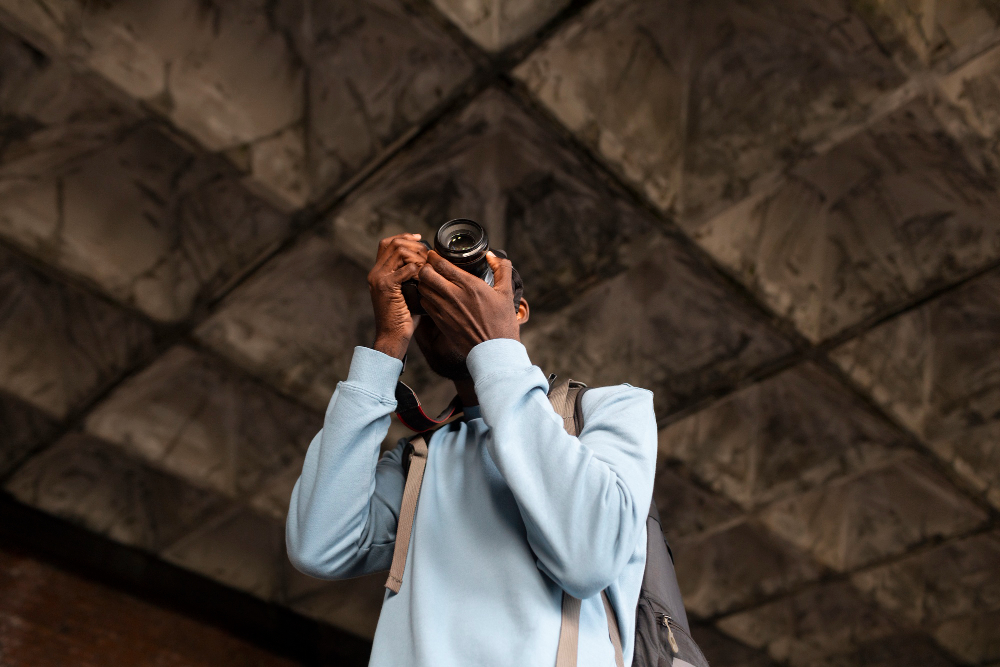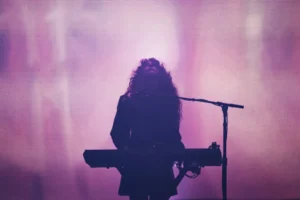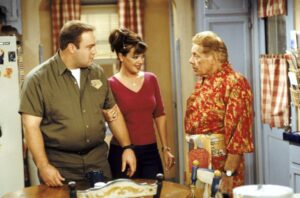The Urban Eye: Documenting City Life Through a Lens


Street photography is rewarding but with city life so dynamic and constantly moving, it can also be difficult to capture it in its truest form. From the people to vehicles on the move and changing lighting, photographers often need incredible skills to get meaningful and authentic shots. But there are a few tricks and techniques you can use to master city photography faster.
Your toolkit for the concrete jungle
A quality camera
The first step to capturing great shots of the city is having the right tools to hand. The camera you choose will give you flexibility in taking a wide range of photos—the gold standard are DSLRs and mirrorless cameras which excel in navigating the challenging lighting conditions you might face in cities, and they allow you to change lenses. Mirrorless cameras have gained significant popularity in recent years, providing the image quality of DSLRs but in a more compact body.
For a budget-friendly way to upgrade your camera, opt for used equipment from reputable suppliers like MPB where you can buy refurbished brands like Canon, Nikon and Sony at attractive prices. Look for models that are one or two generations behind the latest releases—they often offer 90% of the performance at a fraction of the cost.
Not every situation calls for a large camera setup though—in fact, the latest smartphones often excel when discretion is key. Street photography can benefit from the unobtrusive nature of smaller devices, so you can capture candid moments without drawing attention to yourself.
Essential lenses
Cities are built on grand scales, so using a wide-angle lens can help you capture the enormity of the city you’re in. Whether it’s the soaring lines of skyscrapers, the energy of a public plaza, or the intricate details of historic architecture, wide-angle lenses will give you more scope, even when shooting from close distances.
Prime lenses, which have fixed focal lengths, are also handy to have in your kit. The wider maximum aperture will excel in low lights and helps you isolate subjects from busy backgrounds. Lastly, telephoto lenses won’t be essential for every urban photographer, but they do offer creative possibilities with compression effects that stack elements in visually striking ways.
Durable accessories for any urban adventure
Camera bags
Cities are tough on tech, so high quality travel storage is essential. A durable camera bag protects your gear from the elements while keeping it organized and accessible. Look for bags with weather-resistant materials and padded compartments that can handle the bumps and jostling of urban travel.
Messenger-style bags offer quick access to your camera, while backpacks distribute weight more evenly for longer shooting sessions. In busy cities, you might also opt for bags with anti-theft features like slash-resistant materials and locking zips that will keep your camera and other equipment protected.
Extra batteries
City photography sessions can go on for hours, especially when you’re exploring new neighbourhoods or waiting for that perfect shot. Cold weather, especially, drains batteries faster than normal, so always carry at least one extra battery, or a portable power bank if you’re using a smartphone or camera with USB charging capabilities.
Lightweight tripods
Tripods aren’t always necessary, but they do have a place when you require precision and maximum image quality. A lightweight tripod expands your creative possibilities significantly. Look for carbon fibre tripods that balance weight with stability, or compact travel tripods that will fit easily in your bag. Some photographers prefer monopods in urban environments—they provide stability while remaining more portable and less conspicuous than full tripods.
Techniques for capturing a city’s essence
The right equipment is just the foundation of urban photography. The real artistry lies in how you compose and frame your shots to tell compelling stories about city life. Urban environments offer unique compositional challenges and opportunities that require a different approach than landscape or portrait photography.
Mastering light
A city transforms dramatically over the course of 24 hours, so knowing how to work with different lighting conditions will separate amateur snapshots from professional images.
Golden hour, the period just after sunrise and before sunset, is when you’ll find the city bathed in a warm glow, turning even the most mundane scene into something truly magical. Side lighting during this time can create dramatic depth and dimension, while the low sun creates interesting shadows and highlights.
Blue hour is the phase just after sunset or before sunrise, when deep blue tones in the sky create incredible contrast against artificial city lights. And, of course, night images are when a city comes alive through street lights, neon signs and illuminated architecture.
Capturing motion
What sets a city apart is its movement and dynamic energy, so you need to move beyond static architectural photos. Panning—following moving subjects with your camera while using slower shutter speeds, gives that sense of motion while keeping the main focus of the shot sharp.
The heart of urban photography is in capturing those authentic moments of city life. They’re the perfect canvas for portraits that place people within their urban surroundings. Look for ways the buildings, lighting, or urban elements can enhance your subject’s story. Sometimes this means using leading lines to draw attention to your subject, while other times it involves using urban textures or colours to complement skin tones or clothing choices.
Focusing on texture
While sweeping vistas are great, often the best urban images come from the finer detail. These are the elements of human activity that really create rich textures and unexpected beauty in the most unlikely of places. Look for weathered brick walls, worn concrete, and contrasts in single frames, as well as making the most of reflections that will add interest to your compositions. Polished surfaces, puddles, or windows can be used to capture symmetry.
Street art and graffiti are also highlights of city environments so be sure to include them in your shots. Sometimes the most compelling images show how street art interacts with its environment—how a mural complements or contrasts with surrounding architecture, or how people interact with this art.
As you walk through the streets of a city, your surroundings will naturally spark new ideas and inspiration. Use the suggestions provided here to help you see your city from a fresh perspective and encourage you to capture more creative and engaging shots.
The post The Urban Eye: Documenting City Life Through a Lens appeared first on Our Culture.




